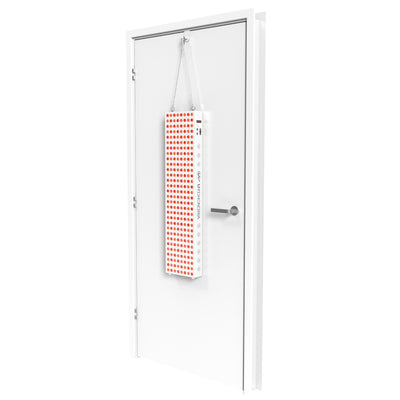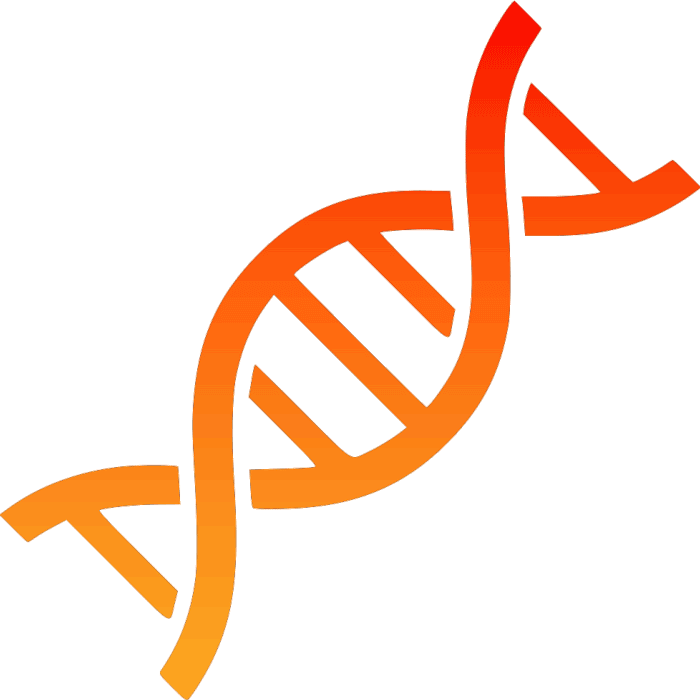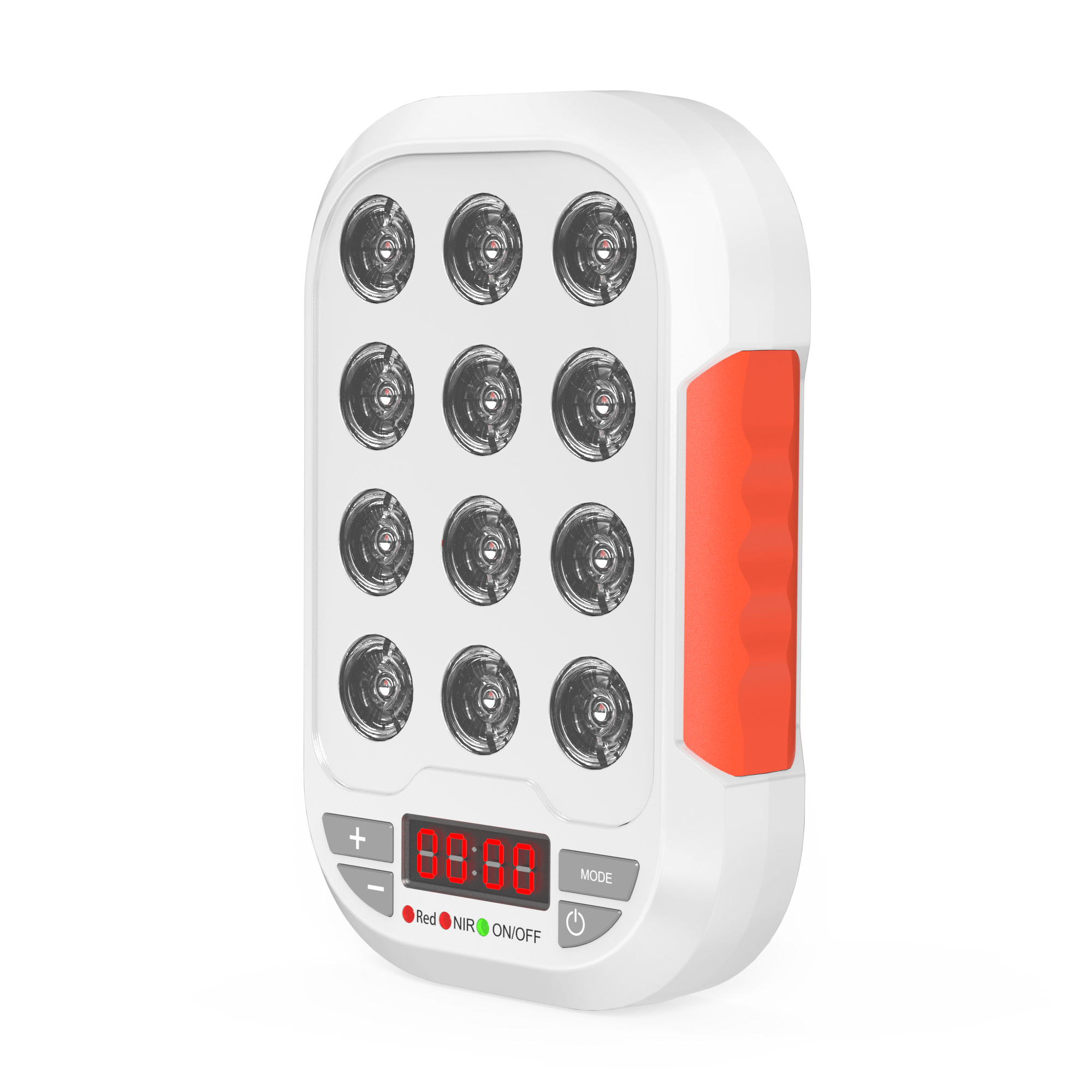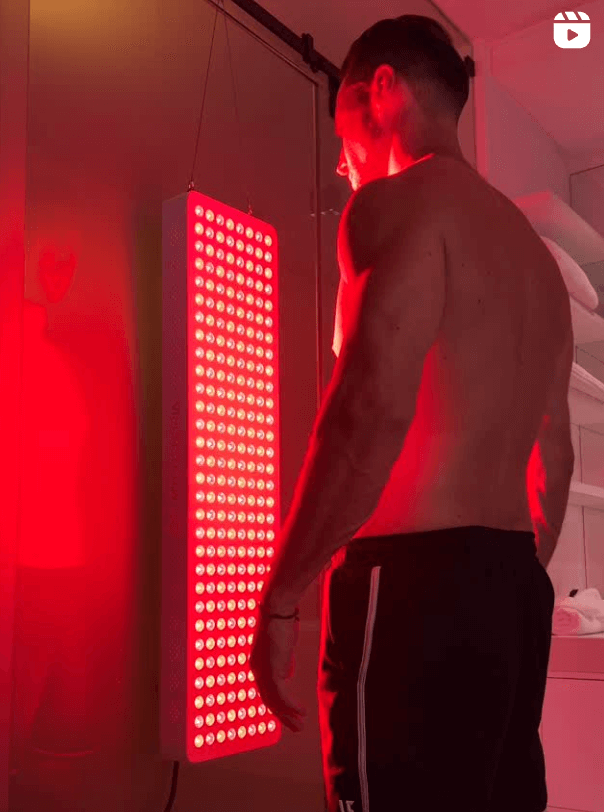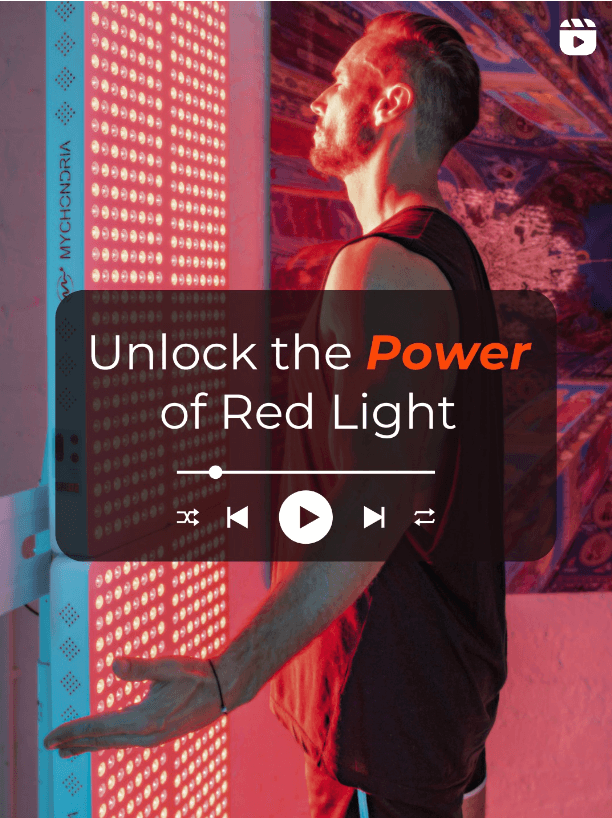Headaches and migraines are common conditions that affect millions of people worldwide, causing significant discomfort and disruption in daily life.
While there are various treatment options available, many individuals seek alternative and complementary therapies to manage their symptoms.
One such emerging therapy is red light therapy, which has shown promising results in reducing the frequency and severity of headaches and migraines.
In this blog post, we will delve into the different types of headaches, explore the benefits of red light therapy, and understand how this innovative technique can be employed as a tool for headache and migraine relief.
Understanding Headaches: Types and Triggers

Headaches are complex conditions that can be classified into different types based on their underlying causes and symptoms. Here are some common types of headaches:
Tension Headaches: These headaches are often characterized by a dull, aching pain on both sides of the head. They typically arise from muscle tension and stress, and can be triggered by factors such as poor posture, anxiety, and lack of sleep.
Migraines: Migraines are intense, throbbing headaches that are often accompanied by other symptoms like nausea, sensitivity to light and sound, and visual disturbances. They are believed to be caused by abnormal brain activity and may be triggered by factors such as hormonal changes, certain foods, stress, or environmental factors.
Cluster Headaches: Cluster headaches are severe headaches that occur in cyclical patterns or clusters. They typically involve intense pain on one side of the head, often around the eye, and can cause redness and tearing. Cluster headaches are rare but extremely debilitating.
Sinus Headaches: Sinus headaches are often associated with sinusitis or inflammation of the sinuses. They cause pain and pressure around the forehead, cheeks, and eyes, and may be accompanied by nasal congestion and facial tenderness.
Benefits of Red Light Therapy for Headaches and Migraines

Red light therapy, also known as low-level laser therapy or photobiomodulation, involves exposure to low-level red or near-infrared light.
Aiming a red light therapy device towards your head (like the image above) has potential therapeutic benefit for headaches and migraines.
Here are some ways in which red light therapy can benefit headache sufferers:
• Pain Relief: Red light therapy has been shown to have analgesic effects, helping to alleviate pain associated with headaches and migraines. The light penetrates the skin and stimulates the mitochondria in cells, promoting cellular energy production and reducing inflammation.
• Improved Blood Circulation: Red light therapy enhances blood flow and microcirculation, which can be beneficial for headache relief. By improving circulation, it helps to deliver oxygen and nutrients to the affected areas, supporting the healing process and reducing pain.
• Reduced Inflammation: Inflammation is often associated with headaches and migraines. Red light therapy has been found to modulate inflammatory responses in the body, leading to a reduction in pain and inflammation associated with these conditions.
• Muscle Relaxation: Tension headaches, in particular, can benefit from the muscle-relaxing effects of red light therapy. The therapy helps to relax tense muscles, reducing muscle spasms and relieving associated pain.
Clinical Evidence

In a 2016 study, red light therapy was used as a treatment for 10 women suffering from chronic headaches associated with temporomandibular disorders. Blood flow velocity as well as serotonin and cholinesterase levels before treatment, immediately after, and 3 days post-treatment were measured.
Results showed significant decrease in blood flow velocity and a significant increase in serotonin levels 3 days after treatment. They also noted a 64% reduction in pain after treatment.
Another study was conducted in 2013 where 10 patients received treatment 3 times a week for a total of 10 sessions in an attempt to reduce pain caused by chronic rhinosinusitis.
The results were incredible - symptoms improved significantly by 39% after 2 weeks and 46% after 4 weeks. Effects were sustained for an average of 5 months.
Conclusion

Headaches and migraines can significantly impact one's quality of life, and finding effective relief is crucial for those affected.
Red light therapy offers a promising avenue for headache relief, providing a non-invasive and drug-free approach. By leveraging the therapeutic properties of red and near-infrared light, this innovative therapy has shown potential in reducing pain, improving circulation, and alleviating inflammation associated with various types of headaches.
If you want to find out which device would be best for your goals, simply take the Red Light Therapy Quiz here.


